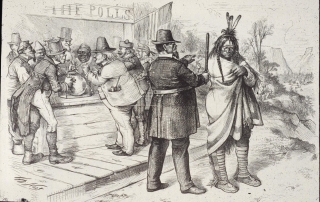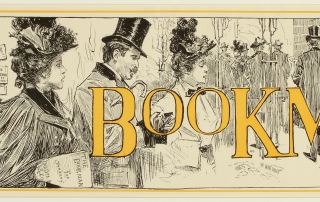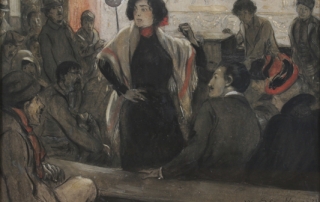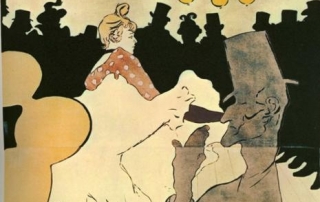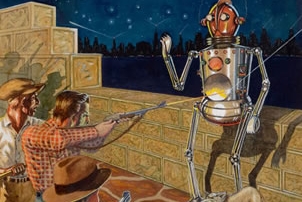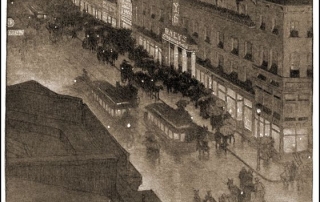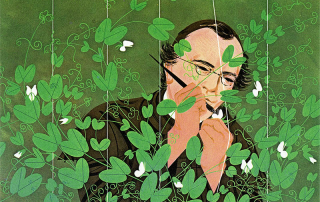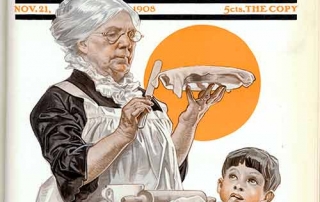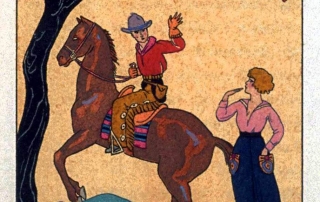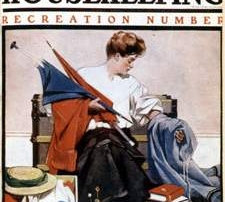This section is devoted to scholarly essays on illustration – including articles on individual illustrators, the history of illustration, and illustration collections and important movements in history.
Hats Off
Hats keep you warm, provide cooling shade, are revealing, concealing, and sometimes purely decorative. A hat usually provides the finishing touch to a person’s dress, complementing an ensemble and unifying the appearance. Whatever their purpose, a hat reveals something about its wearer: their sense of style, purpose, activity, or class. Illustrations that include hats allow


